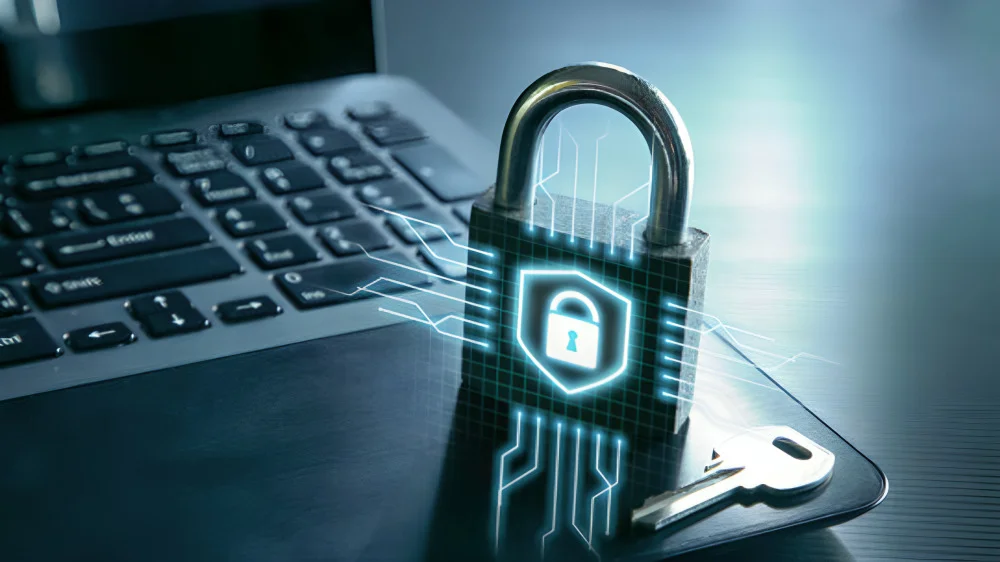In the ever-evolving world of technology and cybersecurity, unique identifiers play a critical role. From API keys to encrypted user IDs, alphanumeric codes help power and protect the digital services we rely on. Recently, one such code — dnoga1b2c3d4 — has been gaining attention among developers, tech enthusiasts, and data security analysts. But what exactly is dnoga1b2c3d4, and why is it showing up in conversations around digital privacy, system authentication, and software testing?
This article explores the origin, use cases, and growing reputation of dnoga1b2c3d4, a unique sequence that might just represent the next standard in anonymized data handling and backend security design.
What Is dnoga1b2c3d4?
On the surface, dnoga1b2c3d4 looks like a random string — a mix of letters and numbers that could be anything from a test credential to an encrypted tag. But in many development and cybersecurity circles, it has taken on a unique life of its own.
The string dnoga1b2c3d4 is reportedly being used in internal development environments as a universal placeholder ID — particularly in software testing, cloud-based architecture, and digital sandbox simulations. Its distinct structure makes it easy to search, track, and remove from production systems — a feature that software developers and QA teams greatly value.
More than that, dnoga1b2c3d4 is starting to represent a philosophy in data anonymization: smart, traceable, and secure placeholder coding.
Why This Code and Not Another?
In software development and data testing, placeholder values are essential. Common examples include “admin”, “test123”, or “user1”. However, these generic values are:
- Easily guessed
- Frequently reused
- Hard to trace in large systems
That’s where dnoga1b2c3d4 comes in. Its format is unique enough to avoid collision with real user data, yet structured enough to be human-readable and machine-identifiable.
Here’s why dnoga1b2c3d4 is gaining traction:
- Low Chance of Duplication – It’s rare enough not to conflict with live user IDs.
- High Visibility – It stands out in logs and databases, making it easy to locate.
- Searchable Pattern – Developers can create scripts to find or replace dnoga1b2c3d4 during deployment.
The Mysterious Origins of dnoga1b2c3d4
There’s no official documentation that points to the origin of dnoga1b2c3d4, which has led to speculation in coding forums and online communities. Some developers believe it’s a modified version of a hashed string or reversed user ID used during AI training sets. Others say it first appeared in open-source repositories as a joke that caught on due to its catchy, robotic tone.
Interestingly, when reversed, dnoga1b2c3d4 becomes 4d3c2b1aognad, which doesn’t offer much clarity — but further fuels the mystery.
What’s certain is that dnoga1b2c3d4 has now become a recognized tag used by tech insiders who value organized, secure development protocols.

How dnoga1b2c3d4 is Used in Practice
Today, dnoga1b2c3d4 can be found in a variety of environments, especially those focused on development and testing. Its use spans:
1. Database Testing
QA teams often input test users into databases. Using dnoga1b2c3d4 helps them identify which records are fake and which are real, preventing the accidental transfer of test data into production.
2. API Authentication
In some beta environments, dnoga1b2c3d4 is used as a demo token or API key. Since it’s universally recognized as a non-production key, it prevents misuse and enhances traceability.
3. Bug Tracking
When logging errors, developers use dnoga1b2c3d4 as a placeholder ID in logs. This makes it easier to filter known test cases from real user issues.
4. Security Penetration Testing
Ethical hackers often use fake user IDs when probing systems for vulnerabilities. dnoga1b2c3d4 is now used in these scenarios as a recognizable string that indicates non-malicious activity.
Security Implications of Using Identifiers Like dnoga1b2c3d4
While dnoga1b2c3d4 is helpful, it also serves as a reminder of the balance between transparency and security. Hardcoding any identifier, even a harmless one, can lead to system vulnerabilities if not handled correctly. Therefore, developers are advised to:
- Avoid embedding dnoga1b2c3d4 in production code
- Flag or remove it during deployment pipelines
- Audit systems regularly to ensure no test identifiers are active
Nevertheless, dnoga1b2c3d4 serves a very practical role when used responsibly — helping teams separate simulation from reality in large, complex systems.
The Cultural Rise of dnoga1b2c3d4
In tech culture, certain strings or terms become symbolic. “Hello World,” for instance, is forever linked with programming tutorials. dnoga1b2c3d4 is starting to build a similar legacy — as a digital signature for thoughtful, structured, and secure development.
Online coding communities now refer to it humorously as “The Unseen User,” “Agent dnoga,” or “The Phantom Placeholder.” Memes have emerged showcasing error messages or system screenshots with dnoga1b2c3d4 featured prominently, often accompanied by phrases like “He’s back” or “Still watching.”
While light-hearted, this cultural traction reinforces the idea that dnoga1b2c3d4 is more than just a placeholder — it’s becoming a standard.
Best Practices When Using dnoga1b2c3d4
If you’re considering incorporating dnoga1b2c3d4 into your workflow, here are some best practices:
- Use it only in non-production environments
- Document its use clearly for team awareness
- Create scripts to detect and remove it before live deployment
- Treat it as a controlled test artifact, not a shortcut
By using dnoga1b2c3d4 correctly, you help improve your system’s traceability and reduce the risk of live errors caused by untracked test data.
The Future of Identifiers Like dnoga1b2c3d4
As development teams increasingly prioritize automation and clean deployment pipelines, unique placeholder identifiers like dnoga1b2c3d4 will likely become even more common. In fact, some dev tools are starting to build them into their default testing templates.
We may even see dnoga1b2c3d4 evolve into a tag for dummy users or placeholder APIs in documentation, educational platforms, and automated system demos.
Conclusion
In a digital world where precision, security, and clarity are vital, even something as small as a test identifier can carry weight. dnoga1b2c3d4 represents a new era of structured development and organized system design. It’s a reminder that every line of code, every database entry, and every API call matters — especially when building the systems millions rely on daily.
Whether you’re a seasoned developer, a QA analyst, or just a curious tech enthusiast, you may want to keep your eyes open for dnoga1b2c3d4. It’s not just a code — it’s a quiet marker of progress in our increasingly complex digital ecosystem.


